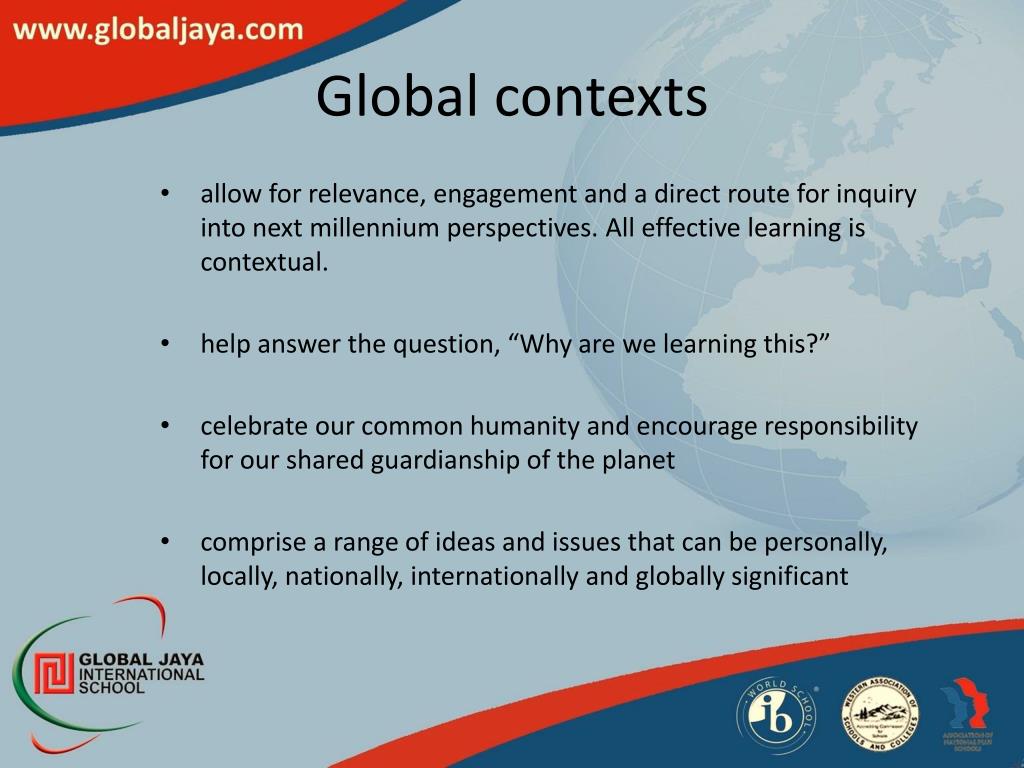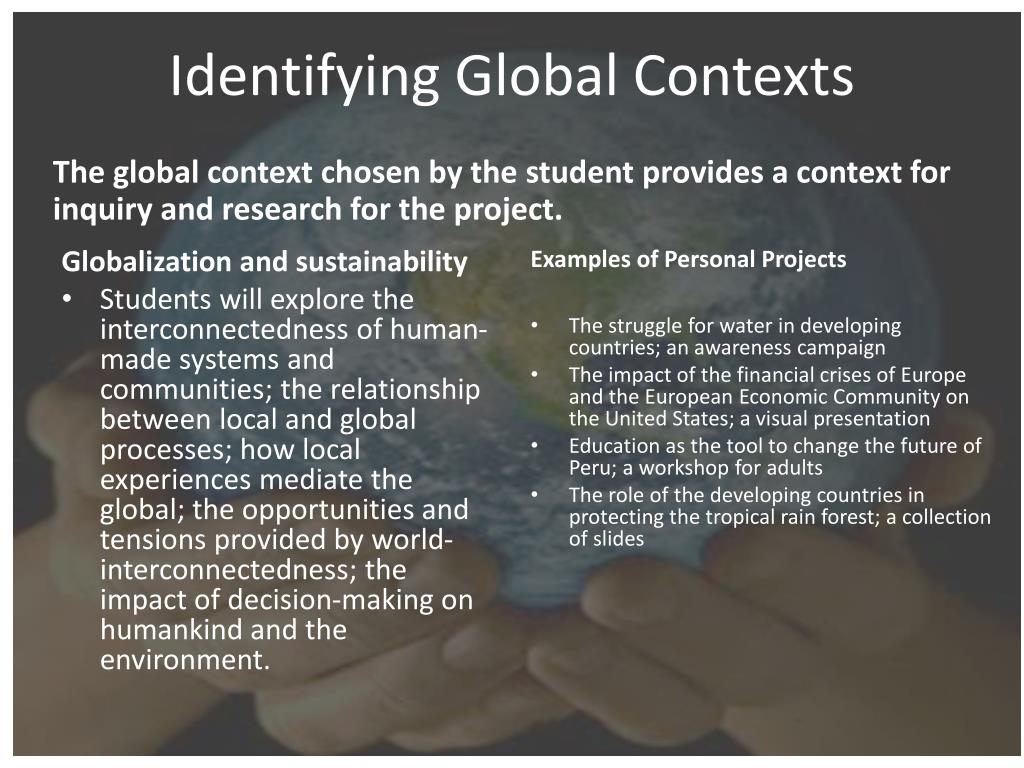

WK, EMM, FO, AGN, KK and LAP received salaries or funding from the FIND Australian Government award. This is an open access article distributed under the terms of the Creative Commons Attribution License, which permits unrestricted use, distribution, and reproduction in any medium, provided the original author and source are credited.ĭata Availability: The data underlying our findings have been uploaded as supplementary files in S1, S2, S3, S4, S5 and S6.įunding: The study was funded by FIND from an award of the Australian Government by Vital strategy through the RESOLVE to Save Lives grant and by the Bill and Melinda Gates Foundation: BMGF OPP1162196 and INV-003603.

Received: JanuAccepted: ApPublished: May 18, 2023Ĭopyright: © 2023 Koster et al. PLOS Glob Public Health 3(5):Įditor: Shifa S. (2023) Contexts for developing of national essential diagnostics lists lessons from a mixed-methods study of existing documents, stakeholders and decision making on tier-specific essential in-vitro diagnostics in African countries. This study provides a unique set of practical recommendations to the process of development and effective implementation on NEDL in Africa.Ĭitation: Koster W, Mutegi EM, Ocen F, Odhiambo CO, Waweru MM, Ndione AG, et al. Four countries out of seven would rather revise their test menus by updating them and add ‘‘community tier”, than developing a separate NEDL, the former being considered more operational. Additional barriers to implementation included the low decision-making power of Laboratory Directorates within the Ministry of Health, as well as the chronic budgetary gaps for clinical laboratory services and policy and strategic plan development outside of vertical programmes. Quality assurance and waste management for tests at “community tier” were highlighted as concerns by all the respondents. The most popular criteria to select essential IVDs in the quantitative analysis relate to specificities of the tests, whereas in the qualitative study most mentioned were health care and laboratory contextual factors. Twenty-five countries had national test menus (63% outdated, from 2015 or earlier) all specifying tests by laboratory tier (5 including the “community tier”), with additional details on equipment (20), consumables (12), and personnel requirements (11).


Of the 48 countries, Nigeria was the only one with formal NEDL. We conducted a mixed-methods analysis set out to explore available national policies, guidelines and decision-making processes that affect accessibility of diagnostics in African countries 307 documents from 48 African countries were reviewed and 28 in-depth (group) interviews with 43 key-informants in seven countries were conducted between June and July 2022. To be effective, the development of NEDL should take into consideration the challenges and opportunities associated with current modalities for organization of tier specific testing services in-country. Since 2019, the WHO recommends the development and implementation of National Essential Diagnostics List (NEDL) to facilitate availability of In-Vitro Diagnostics (IVDs) across the various tiers of the healthcare pyramid, facilities with or without a laboratory on-site.


 0 kommentar(er)
0 kommentar(er)
